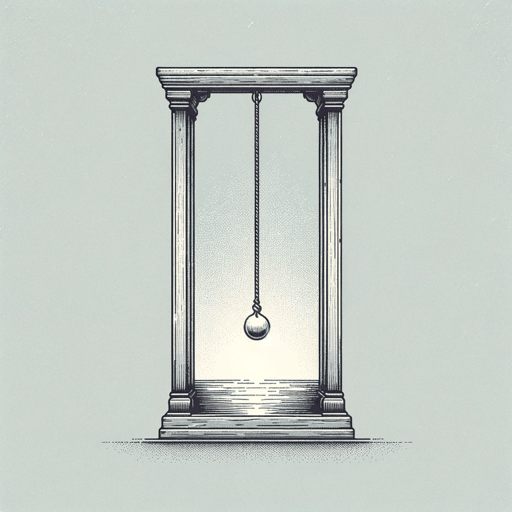20 pages • 40 minutes read
Edgar Allan PoeThe Pit and the Pendulum
Fiction | Short Story | Adult | Published in 1842A modern alternative to SparkNotes and CliffsNotes, SuperSummary offers high-quality Study Guides with detailed chapter summaries and analysis of major themes, characters, and more.
Story Analysis
Analysis: “The Pit and the Pendulum”
“The Pit and the Pendulum” is famous for its excruciatingly vivid description of pure dread. Almost nothing actually happens to the narrator in this dungeon—it almost happens, and that’s precisely where the horror lies.
The worst thing in the world, Poe suggests, isn’t to die, but to fear death and the suffering that might attend death. Or perhaps more subtly, it’s to fear that fear, to experience fear feeding on itself. The narrator of this story makes it clear that fear is utterly absorbing, destabilizing, and even dehumanizing. It can undo a person to the extent that they long for death. If that’s true, one hardly needs an Inquisitorial dungeon to go through some of the world’s worst tortures: One’s own mind can do the job perfectly well on its own.
It’s possible to read this entire story as a kind of dream-vision. The long passage about dreams and unconsciousness early on in the story makes poetic and even optimistic claims for the unconscious, arguing that a close connection with the unconscious mind is the precursor of art, and the purview of only a chosen few.
But in the rest of the story, the ability to see those mid-air visions comes at a tremendous cost.
Related Titles
By Edgar Allan Poe
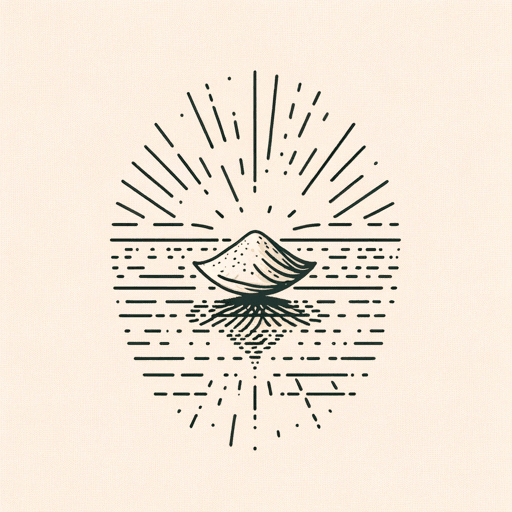
A Dream Within a Dream
Edgar Allan Poe

Annabel Lee
Edgar Allan Poe

Berenice
Edgar Allan Poe
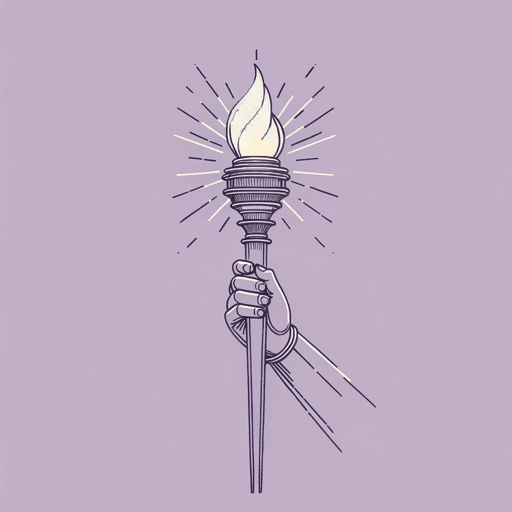
Hop-Frog
Edgar Allan Poe
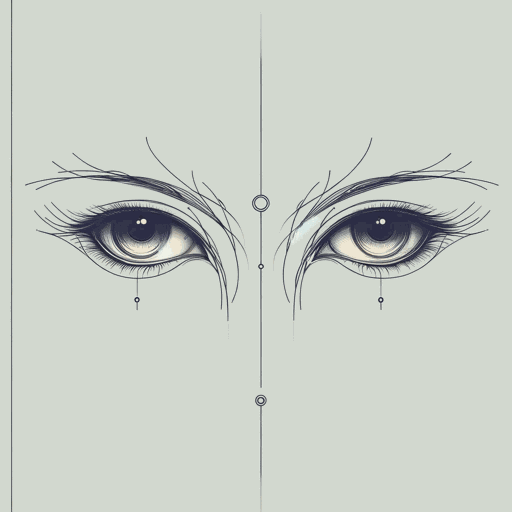
Ligeia
Edgar Allan Poe
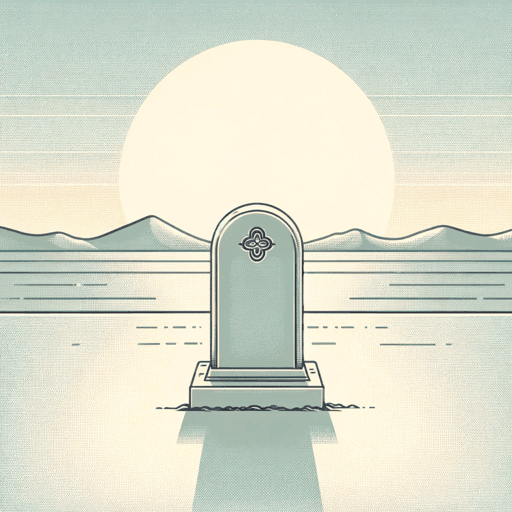
Tamerlane
Edgar Allan Poe

The Black Cat
Edgar Allan Poe
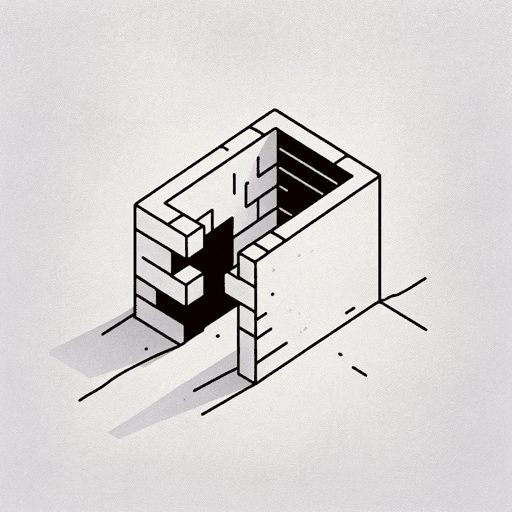
The Cask of Amontillado
Edgar Allan Poe
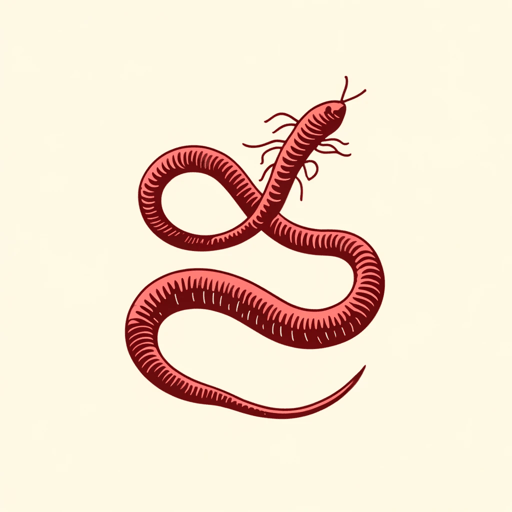
The Conqueror Worm
Edgar Allan Poe
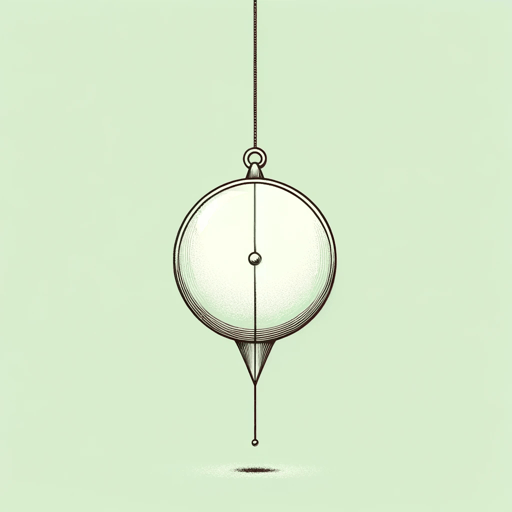
The Facts in the Case of M. Valdemar
Edgar Allan Poe
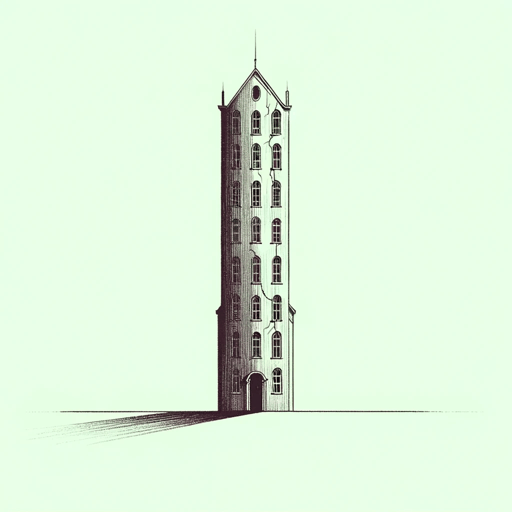
The Fall of the House of Usher
Edgar Allan Poe

The Gold Bug
Edgar Allan Poe

The Haunted Palace
Edgar Allan Poe
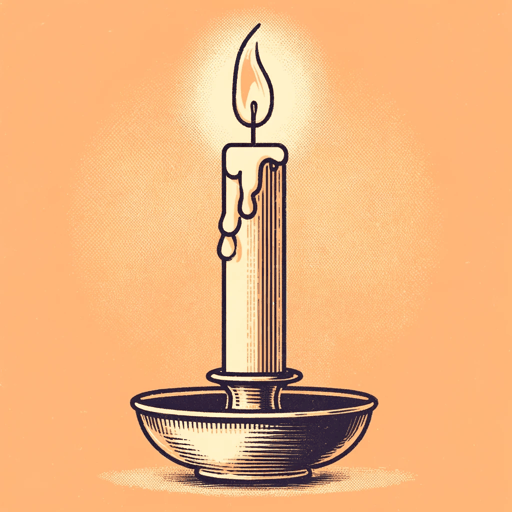
The Imp of the Perverse
Edgar Allan Poe

The Lake
Edgar Allan Poe

The Man of the Crowd
Edgar Allan Poe

The Masque of the Red Death
Edgar Allan Poe

The Murders in the Rue Morgue
Edgar Allan Poe

The Narrative of Arthur Gordon Pym of Nantucket
Edgar Allan Poe

The Oval Portrait
Edgar Allan Poe
Featured Collections
Allegories of Modern Life
View Collection
Fantasy
View Collection
Fantasy & Science Fiction Books (High...
View Collection
Fear
View Collection
Horror, Thrillers, & Suspense
View Collection
Mortality & Death
View Collection
Psychology
View Collection
Romanticism / Romantic Period
View Collection
Safety & Danger
View Collection
